Visitors who have seen enough of the beaches and national parks of Thailand and Vietnam may be interested in seeing more ancient ruins. The good news is that your needs can be met in Cambodia. Despite the fast modernization taking place in the bigger towns, a trip to the world-famous site of Angkor will allow you to see temples that are unparalleled in size and majesty anywhere else in Southeast Asia.
In addition to the major cities, some of the finest locations to visit in Cambodia are the country’s smaller towns and villages, where visitors may engage in activities like jungle trekking and explore even more intriguing old ruins.
10. Kep

Witness the tranquil beauty of fishing boats floating in the waters of Kep, Cambodia. Image source: Galyna Andrushko/Shutterstock.com
The little seaside resort of Kep provides a range of beach sports. Snorkelers get the opportunity to see coral reefs located near the water’s surface. Even though Rabbit Island is a popular beach in the Kep area, visitors should be aware that the island is somewhat primitive, with power available for just a few hours each evening. These days, day vacations to the islands are the norm.
The village of Kep, established in 1908 as a colonial hideaway for the French aristocracy, is still littered with the skeletons of historic homes that were demolished during the reign of the Khmer Rouge. Kep National Park not only offers breathtaking seaside vistas but also a butterfly sanctuary and organic pepper farms that visitors may tour.
9. Banlung

Discover the peaceful serenity of Yaek Laom Lake in Ratanakiri province. Image source: Nhut Minh Ho/Shutterstock.com
Camping and hiking enthusiasts will love the northern Cambodian town of Banlung. Adventurers may get up close with nature on overnight or multi-day expeditions into the jungle offered by a number of tour companies.
Visitors may see many different kinds of monkeys and other animals, but some people don’t like being so close to leeches. In addition to deep lakes, visitors on boat tours to Yeak Laom Volcanic Lake may see Cambodian women engaged in traditional weaving.
8. Battambang

Step into history at the ruins of Wat Banan Temple near Battambang. Image source: Nhut Minh Ho/Shutterstock.com
Tourists interested in Cambodia’s past go to Battambang, the country’s second largest city. Originally a hub of trade in the 18th century, Battambang subsequently became a part of French Indochina and retains a number of colonial structures.
There are several Buddhist temples and shrines in the city, many of which are modelled after those at Angkor. You can go everywhere in town by just walking or riding a bike. Most public spaces have statues, primarily of animals and gods, with the most well-known being an old Khmer ruler that stands on the way to Phnom Penh. Not to be missed is also the Central Market.
7. Kampot

Ascend to spiritual heights at Wat Sampov Pram in Phnom Bokor, Kampot. Image source: Nhut Minh Ho/Shutterstock.com
In spite of its growing popularity as a tourist destination, this riverside town in the Gulf of Thailand is best known for its peppers rather than its visitors. The distinctive taste of Kampot’s black peppercorns has made them a culinary icon worldwide.
Bokor National Park is accessible from Kampot and is well-known for its mild temperature and thick primary rainforest, as well as its abandoned French mountaintop station. The river that runs through Kampot is a great place to go boating or rafting, and there are several beautiful waterfalls to see along the way. Visitors to the Kampot Kompong Trach caverns may explore old structures. The local specialty is a curry made with crab.
6. Kratie
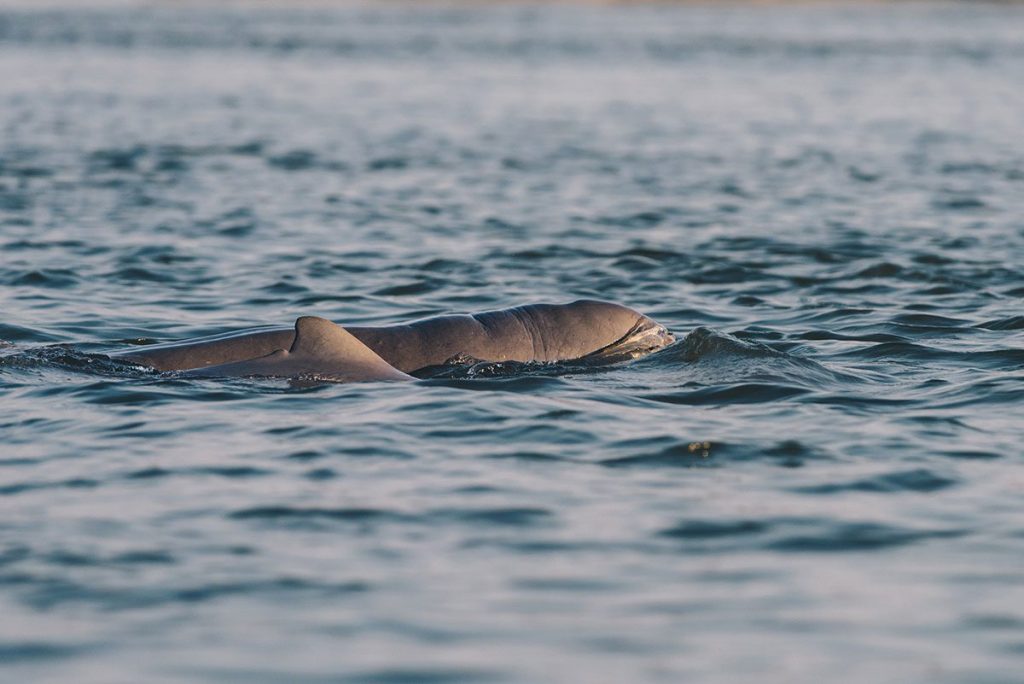
Encounter the majestic beauty of Irrawaddy dolphins in the Mekong River. Image source: THAMMANIT PANOMSUK/Shutterstock.com
A small town on the banks of the Mekong River, Kratie is dominated by a central marketplace surrounded by antique French colonial structures. Though there isn’t much in the way of mainstream visitors, there are still plenty of backpackers passing through during the high season.
This is where you may view the dwindling population of Irrawaddy dolphins in the Mekong River, which are only found in Cambodia. The number of dolphins in the upper Cambodian Mekong is predicted to be between 66 and 86.
5. Sihanoukville
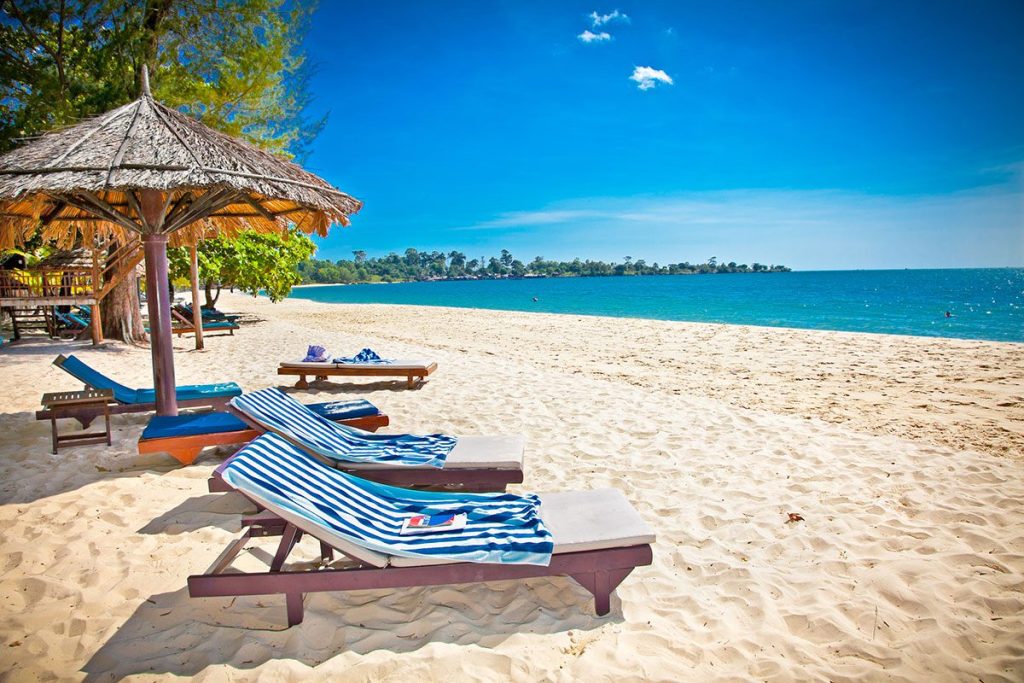
Immerse yourself in the breathtaking beauty of Sokha Beach in Sihanoukville, Cambodia. Image source: Aleksandar Todorovic/Shutterstock.com
Sihanoukville, the most well-known Cambodian beach resort on the Gulf of Thailand, was named after the country’s previous monarch, Norodom Sihanouk. Sihanoukville, formerly known as Kompong Saom, was the site of the last American offensive in Vietnam.
Located in the south of Cambodia, this city has both sandy and rocky shores. After seeing all of the Khmer and other sights in the rest of Cambodia, one of the nicest locations to visit is Sihanoukville, even if none of its beaches would qualify as southeast Asia’s finest. Both budget visitors who choose to stay in huts on the sand and those who can afford the most luxurious accommodations use the beaches. Some of the islands in the vicinity are great for snorkelling.
You may hire motorcycles and explore the woods outside of Sihanoukville if water sports aren’t your thing. Take a day trip from Sihanoukville to the beautiful and clean Ream National Park, which is home to over 200 different bird species.
4. Siem Reap
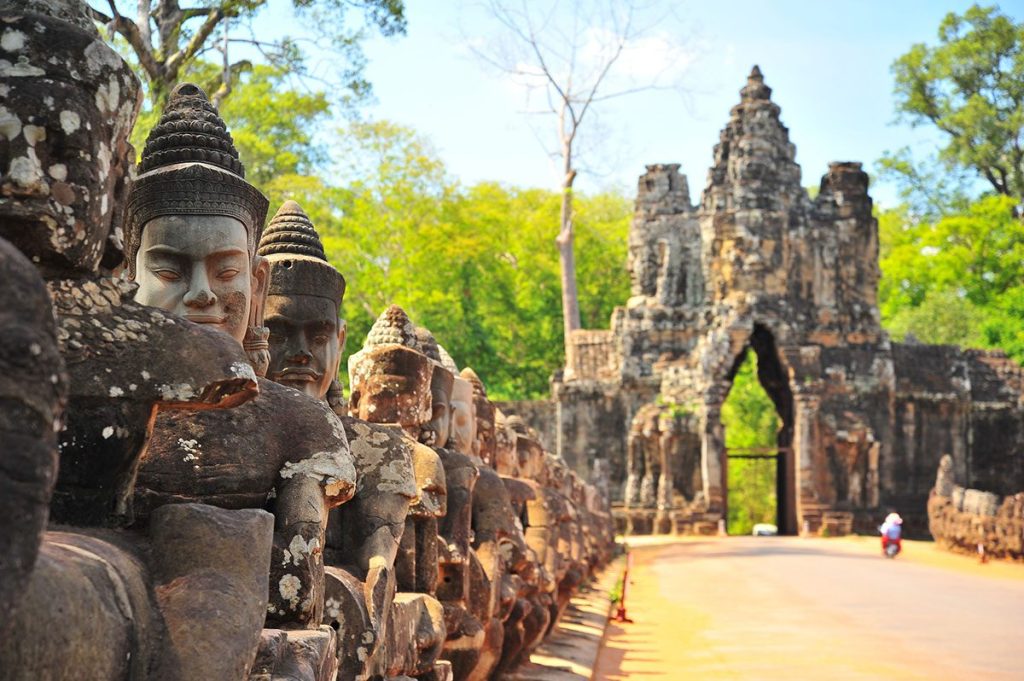
Step back in time at the majestic stone gate of Angkor Thom in Cambodia. Image source: karinkamon/Shutterstock.com
The modest, picturesque town of Siem Reap (meaning “Siam Defeated”) serves as a gateway to the world-famous Angkor monuments and is unquestionably Cambodia’s fastest-growing city. Because of the country’s many landmarks, Siem Reap, Cambodia, has grown from a small tourist town to a bustling commercial centre.
Relaxed and comfortable, it’s a great base from which to explore the temples. Numerous restaurants in Siem Reap provide a broad variety of cuisines, while the city’s various hotels vary from luxurious to affordable.
3. Koh Ker
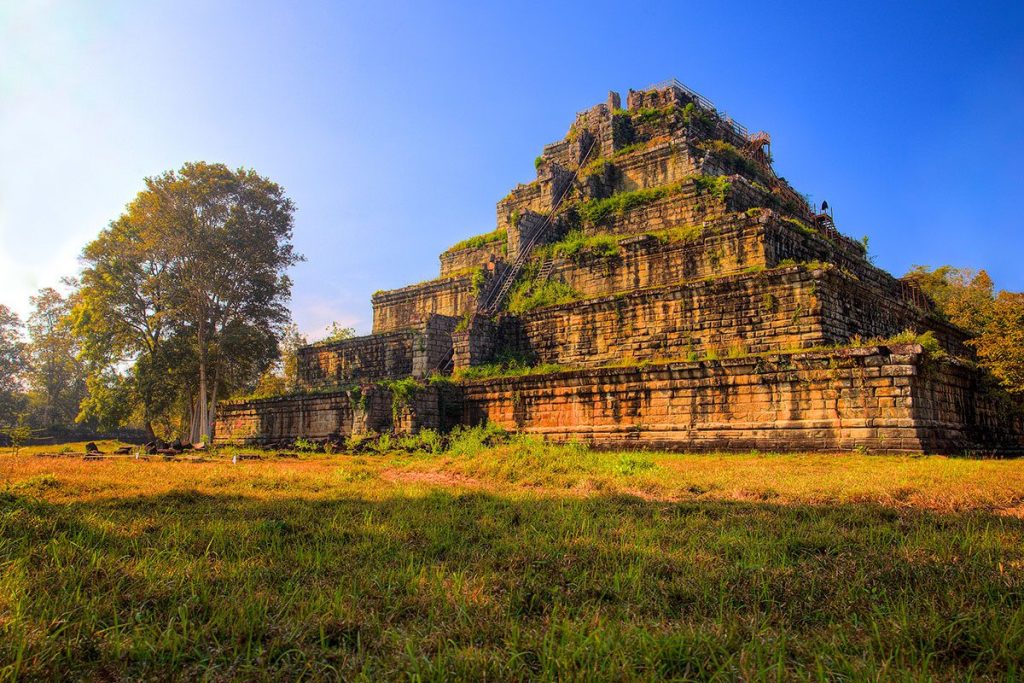
Explore the forgotten treasures of Koh Ker in Cambodia. Image source: Cocos.Bounty/Shutterstock.com
Located around 120 kilometres (75 miles) to the northeast of Siem Reap, Koh Ker is a rural temple location with ancient ruins. From 928 to 944 A.D., Koh Ker served as the capital of the Khmer Empire for a short time.
Some very remarkable structures and enormous works of art were built during this time period. Prasat Thom, a temple pyramid 30 metres (98 feet) in height, towers above the surrounding forest and serves as the site’s focal point.
Koh Ker was one of Cambodia’s most out-of-the-way temple sites, having been abandoned to the wild for over a millennium. As a result of recent de-mining efforts and the debut of a toll road, this is no longer the case.
2. Phnom Penh
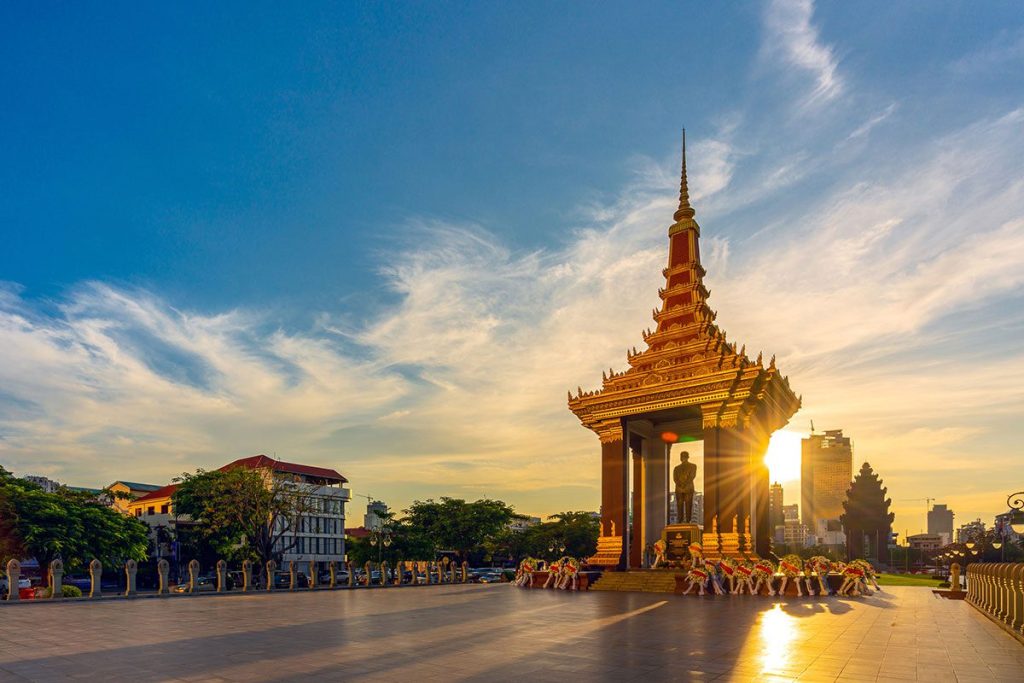
Pay homage to the revered King Father Norodom Sihanouk in Phnom Penh, Cambodia. Image source: Chay_Tee/Shutterstock.com
Since its colonial days with the French, Cambodia’s capital has been located in Phnom Penh, the country’s biggest metropolis. Although it is currently being rebuilt after war and revolution, Phnom Penh was often regarded as one of the French colonial era Indochina’s most attractive towns. The French have left their mark on modern culture. This city on the Mekong River has been inhabited since the 15th century.
The Royal Palace is the official home of the King and Queen of Cambodia, while the Silver Pagoda has 5,000 silver tiles and houses a gilded Buddha encrusted with diamonds. Phsar Reatrey (the night market) is a great spot to pick up some locally made souvenirs and presents.
The Killing Fields of Choeung Ek and the Tuol Sleng Genocide Museum are two of Phnom Penh’s most sombre attractions that detail the atrocities committed during the Khmer Rouge era. More than 8,000 individuals were killed in the Killing Fields, and their skulls are preserved in a memorial stupa there.
1. Angkor
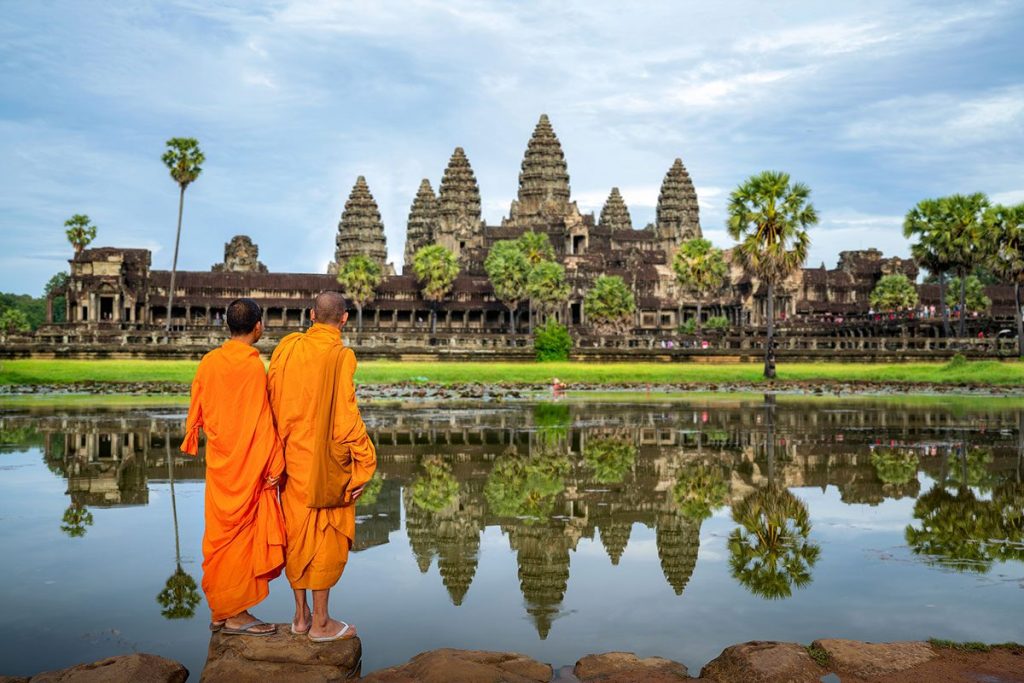
Witness the spiritual devotion of Asian monks as they contemplate Angkor Wat in Siem Reap. Image source: anek.soowannaphoom/Shutterstock.com
During the 9th through 14th centuries, the Khmer Empire called Angkor its capital. Thus, it is one of the most important archaeological sites in Southeast Asia due to the abundance of historical artefacts it contains.
Across the fields of rice and corn, you may find the crumbling foundations of a thousand temples. Among them are the Buddhist temple ruin of Ta Prohm, which is entangled with tall trees, and the world-famous Angkor Wat temple, the biggest single religious building in the world. With the restoration of many of its temples, Angkor has become one of the ancient world’s marvels and a remarkable window into Khmer history.
Through its lengthy history, Angkor experienced several religious shifts, from Hinduism to Buddhism. It is a major tourist destination in Southeast Asia and has become a national emblem of Cambodia, featuring on the country’s flag.



